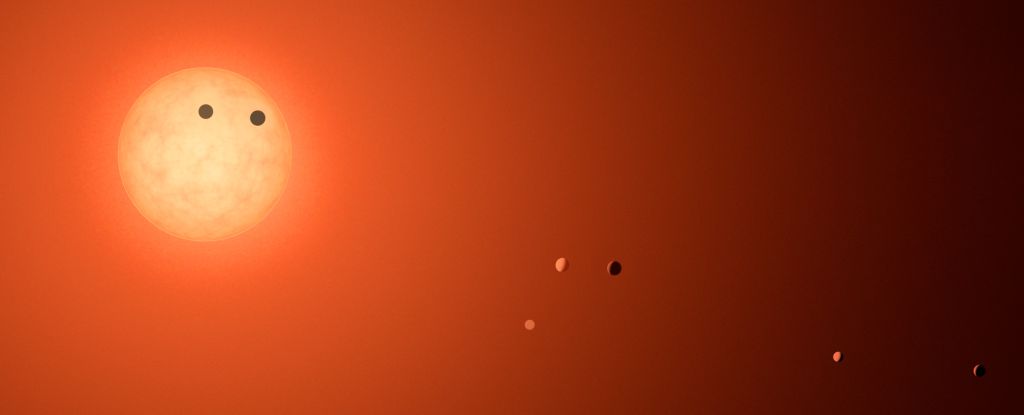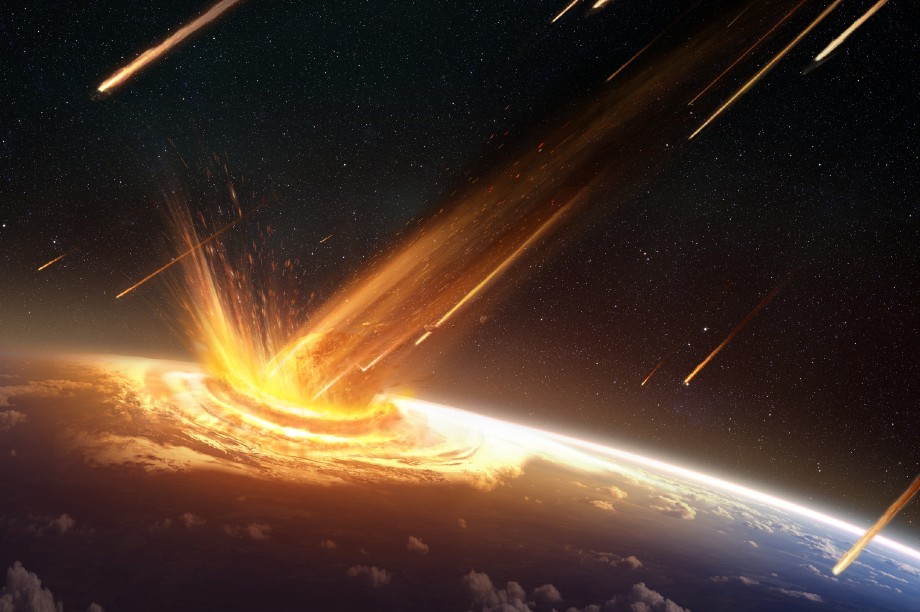Scientists from the University of Nevada have found that red dwarfs may have problems with the formation of giant planets and asteroid belts. This can create problems for the emergence of life on their planets.

Red dwarf systems and life in them
The system to which the Earth belongs is the only one in which the existence of life is known for sure. And although our Sun is considered a medium-sized star, it is quite difficult to call it typical. Only about 10 percent of the luminaries in the Galaxy are similar to it in size and luminosity.
75 percent of the stars in our Galaxy belong to the class of red dwarfs such as TRAPPIST-1. Despite the fact that the mass of these objects is usually ten times less than that of the Sun, and the luminosity may differ in a smaller direction by thousands of times, nothing prevents the existence of planets similar to Earth.
However, they must move in orbits where the duration of the year is a matter of days. In particular, a planet has recently been discovered in the habitable zone of a red dwarf, which has a vow period of only 8.4 days.
But still, the contradiction between why the only star known to us, where life does not belong to red dwarfs, must somehow be explained. And scientists have already discovered many problems that would make planets in their systems extremely inhospitable.
Asteroids, comets and liveability
Researchers from the University of Nevada in Las Vegas recently published an article in The Astrophysical Journal Letters, in which they named new reasons why red dwarf systems are poorly suited to life. You can read more about it in the arXiv.
In their opinion, comets and asteroids that fall on its surface in the first millions of years of existence play a significant role in the suitability of the planet for life. They enrich its bark with chemical elements from which life is built.

But in order for comets and asteroids to crash into the planet, they must come from somewhere. There must be a zone rich in such debris, similar to the Main and Kuiper Belts of asteroids in the Solar System.
And for their existence, at least one gas giant must be present in the system along the so-called snow line. And, according to scientists, red dwarfs, which systems are quite close, have big problems.
Checking the assumption
In order to verify their assumption, scientists decided to analyze those systems of red dwarfs in which the existence of at least one planet is confirmed. In total, they selected 48 stars, 27 of which have more than one body in orbit. For 16 of them, there are accurate mass calculations.
It turned out that not a single rocky planet in the orbit of a red dwarf simply had a giant planet in the neighborhood beyond the snow line. Theoretically, a certain number of similar gas worlds should have orbited red dwarfs, but among the candidates studied in the article, no system was found where an Earth-like planet could be enriched with substances from comets.
Even the authors of the article do not decide to draw final conclusions from this. Maybe our sample is incomplete. Perhaps asteroid impacts are not so important for the emergence of life. And perhaps red dwarfs really only seem to be the most likely place for the origin of life. The following studies will show this.
According to www.sciencealert.com
Follow us on Twitter to get the most interesting space news in time
https://twitter.com/ust_magazine

